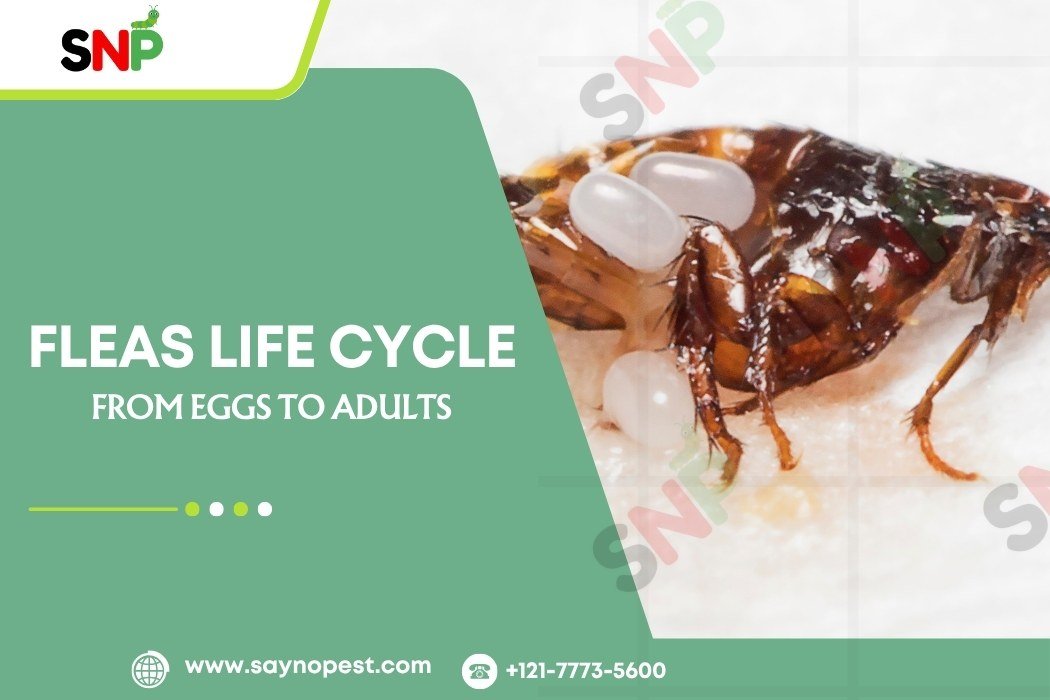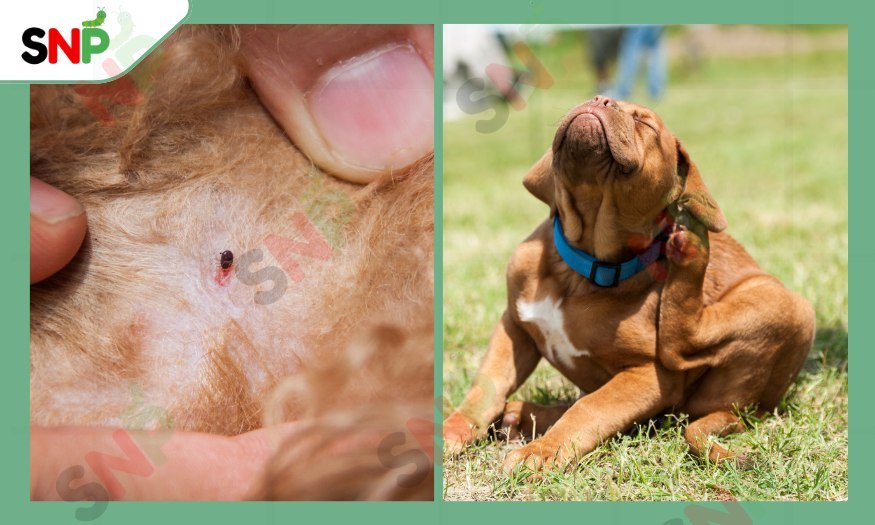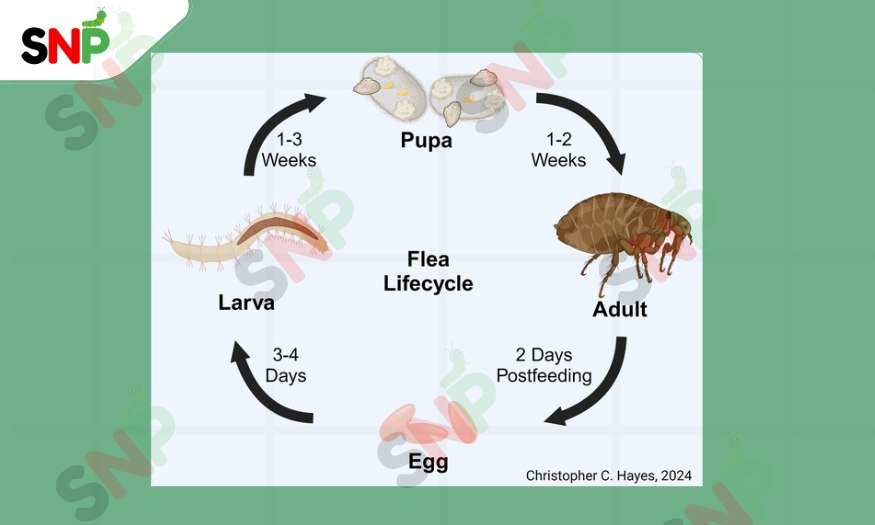Flea eggs are primary and the main source of the flea infestations.These minute, almost invisible invaders set the base for a bigger pest problem that affects the life of your pets and your own. Understanding the nature of these eggs is of vital importance to the people who are facing a flea infestation.
The eggs are not only laid by the adult female fleas, but they can enter your home via your pet. They might hide in carpets, furniture, pet bedding, and inside the wall cracks. Flea eggs need to be specifically targeted if you want to break the reproductive cycle and get long-lasting solutions via pest control.
How to Make Sure What you see are Infact Flea Eggs?
The eggs are very tiny, and their length is only about 0.5 mm. They have a width of 0.3 mm and because of their size, they are almost invisible. They have an oval shape with round ends. New flea eggs are white to off-white in color and are somewhat translucent if you see closely. Many people compare flea eggs to salt or tiny rice grains due to their size and color.
It is very important to keep a check. Check the bedding area of your pet, house carpets, rugs, and cracks in the furniture properly. These eggs are very commonly found in cracks between floorboards and along baseboards. To make it easier to spot the potential flea eggs, put a dark cloth or paper under them. Also, if you have a magnifying glass, amazing! Use it to look closer.
Confused Between Flea Eggs, Flea Dirt, and Dandruff?
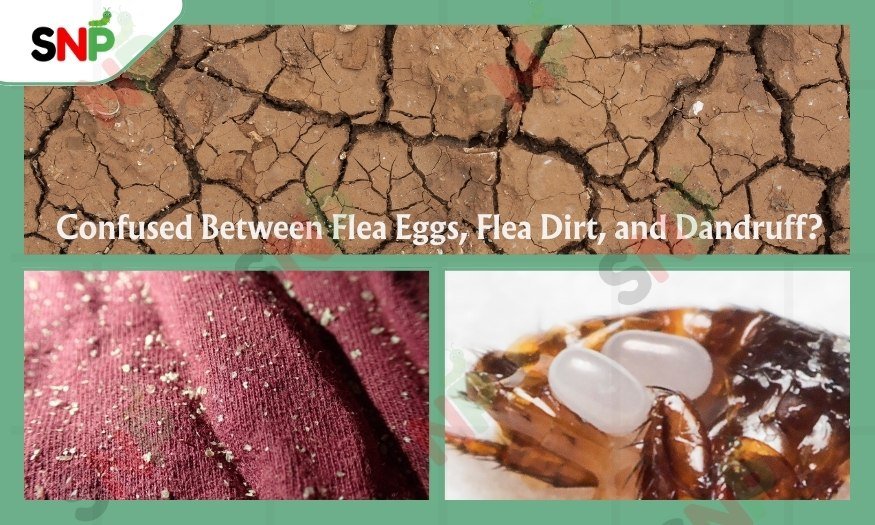
Fleas eggs are very different from flea dirt and dandruff. They have particular shape ie. oval and are white in color. Flea dirt is nothing but dark brown, crumbly pieces. This flea dirt is mainly the blood that fleas feed on and have digested. This is why it is red or brown in color.
On the other hand, pet dandruff does not have any particular shape, are flaky, and lacks the smooth oval shape which is the main feature of the flea eggs. Dandruff consists of dead skin cells that are very different in size and shape. These skin flakes get trapped into pet fur and accumulate over time.
The Fleas eggs are easy to figure out because of their oval shape and smooth texture. They are not sticky and if you touch these spots very gently they will fall off. On the other hand, dandruff is sticky, so it will stay on the fur until removed.
Ways to Get Rid of Flea Eggs
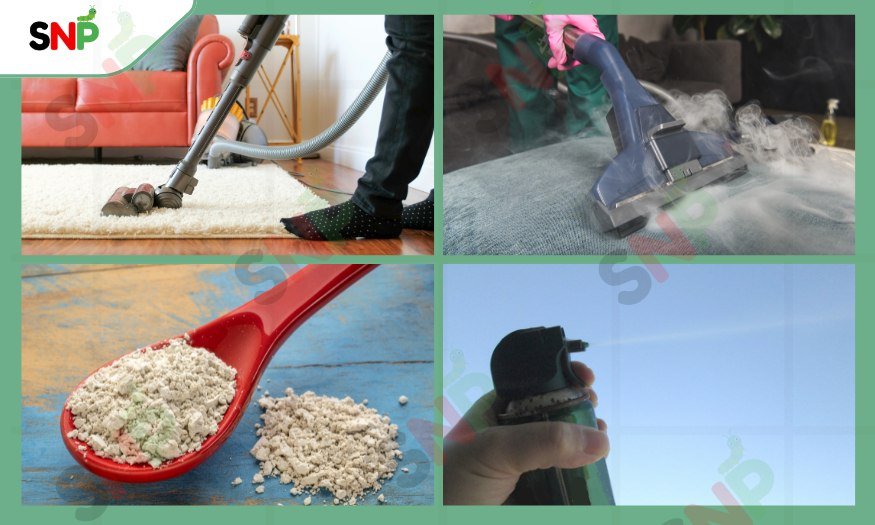
- Vacuuming- Vacuum kills all of the eggs. They face physical trauma. Your focus should be on your pet’s sleeping areas, and cracked furniture where flea eggs find a place to hide. Vacuum carpets, rugs, and upholstered furniture daily to remove up to 90 percent of flea eggs from your place.
- Natural Desiccants- Sprinkle food-grade diatomaceous earth on carpets and allow to settle 48 hours and vacuum. You can use baking soda or salt powder.
- Wash and Steam Clean- Steam clean carpets with hot steam and kill flea eggs in all stages of life. Replace your extremely dirty ped beddings with fresh, clean materials.
- Environmental Controls- Maintain the humidity at less than 50 percent to ensure that the eggs do not hatch successfully. Apply flea prevention products on pets that are approved by veterinarians.
- Treatment Option- Use insect growth regulators which specifically attack flea eggs and inhibit hatching. Use professional-grade insecticides. Follow up treatments should be scheduled after every 5-10 days to intercept newly hatched fleas eggs.
Conclusion
It requires proper vacuuming, environment management, and professional treatments. It is important to note that the eggs may remain dormant even after months and therefore continuous effort is the only way to make sure that they are totally eliminated.
Understanding the identification of these eggs and implementing strategies to protect your pets against continuous infestations. Do it until no more new eggs are found in your living spaces. The key is to keep following the tips and apply the control methods consistently.

